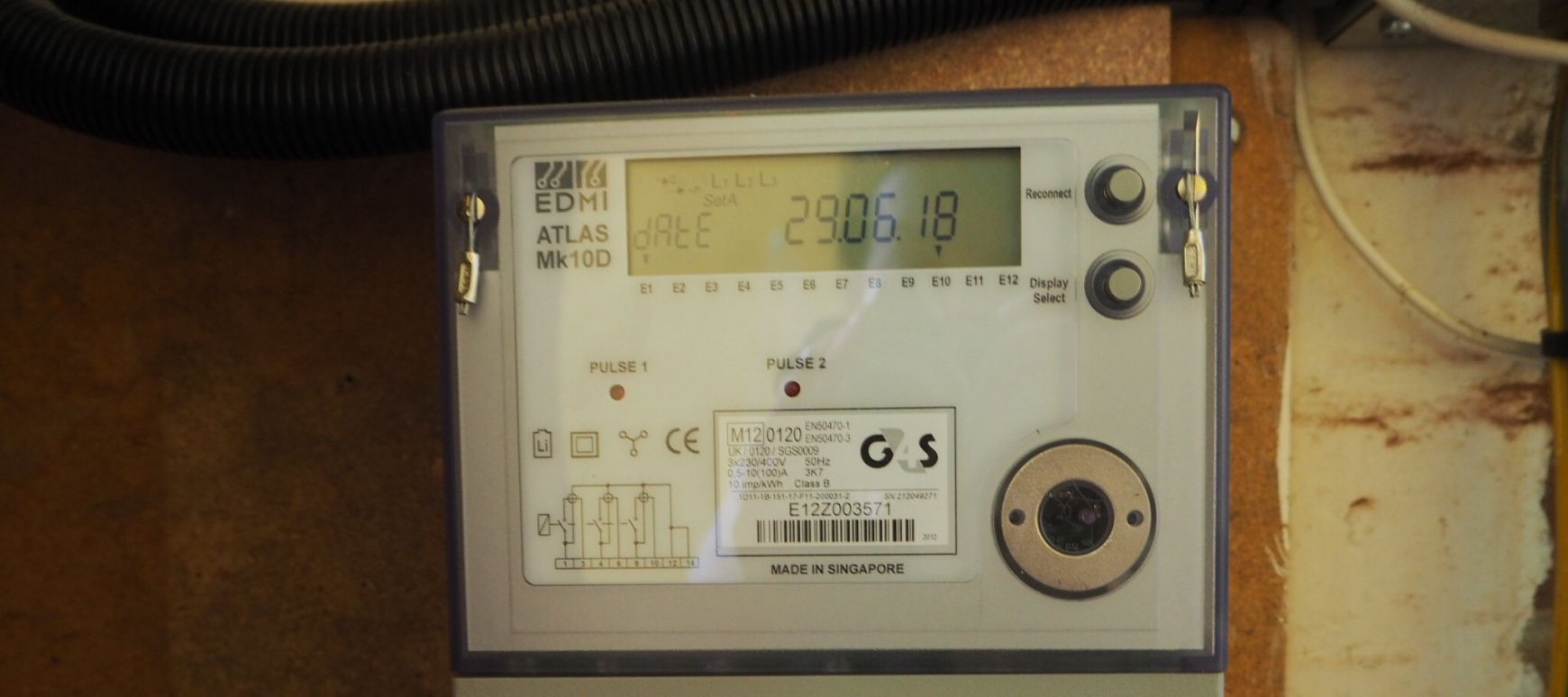Although smart meters have been installed since 2009, it wasn’t until 2016 that the official smart meter infrastructure went live. The aim of this was to have every UK household offered a smart meter by 2020. However, last week this target was pushed back to 2024 at a total cost expected to exceed £13bn.
There are currently two generations of smart meters, commonly referred to as SMETS1 & SMETS2. What is the difference between the two?
Well, in short, the SMETS1 meter was an early age smart meter, compatible with the network of the installing supplier via the use of a sim card. This was a smart meter as long as the customer stayed with the supplier but did little to encourage saving money on renewal because if the customer changed supplier, the meter would often no longer provide meter reads remotely to the new supplier. These issues affected approximately 70% of all changes according to the National Audit Office.
SMETS2 meters have now arrived with the aim of addressing these issues by connecting the supply to the smart infrastructure, thus making the meter cross-compatible with all SMETS2 ready suppliers, as well as aiming to give visibility on what each appliance uses. This change should encourage saving energy, money and make for a greener future for us all.
It is possibly too early to make a decision on whether these meters are smart enough, as with so many more due to be installed over the coming years the infrastructure has not yet been put under any form of strain. However, latest figures point to 29% of homes advising that their smart meter has helped them save money and a massive 66% say their device has made them more aware of how much energy they use.
If our smart meters have reduced the strain on our planet and make us smarter about our consumption maybe they are already far smarter than we envisaged.
If you have any queries feel free to contact me on 0247 669 8885.


